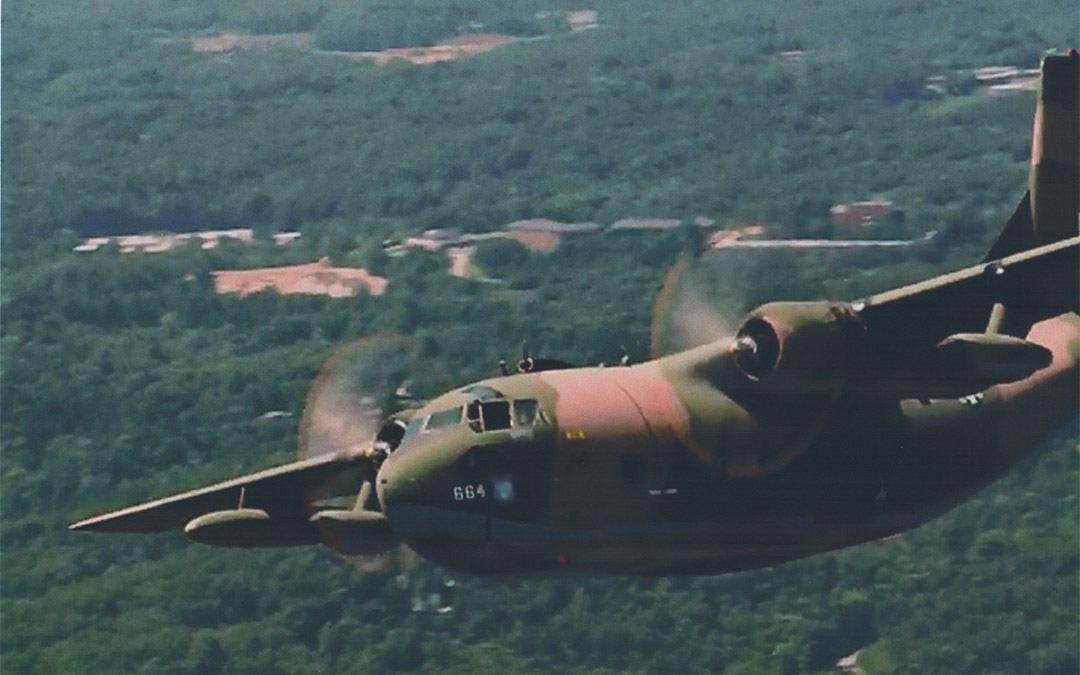“Learning the secret of flight from a bird was a good deal like learning the secret of magic from a magician.” – Orville Wright
When the Wright Brothers first successfully flew a plane 850 feet in Kitty Hawk, NC after years of research in 1902, the public’s reaction was underwhelming. Although it was a historic moment, there was very little mention of the flight in the newspapers. The Wright Brothers attempted to sell an airplane to the U.S. government a few years later, but they were turned down with a virtual form letter.
Despite the original reaction, the Wright Brothers invented technology which would change the course of the future for travel, cargo, the military, and other global industries. A journey from New York to London may have cost around $85 (about $2,000 today) and taken 5-10 days by boat in the early 20th century, but now you can fly there in under 7 hours and for around $500.
Pittsburgh was at the center of the aviation boom. No matter what type of make, model, or type of aircraft examined, odds are that a part of it, whether it be the steel, aluminum, paint, glass, engine, or hardware, was made in the Pittsburgh area.
The area was also the hub for many of the aviation industry’s first companies. West Mifflin, PA was the main base of operations for Ball Airlines, the first scheduled passenger-carrying airline service from Washington, D.C. to Cleveland, OH. Ball Airlines eventually evolved into Capital Airlines, which is now a part of United Airlines. Conway, PA was originally the home of Taylorcraft Aviation Company, an airplane manufacturer.
This history and much more is preserved in the Air Heritage Museum and Aircraft Restoration Facility located in Chippewa Township. Their 14,400 square foot facility holds the organization’s library, museum, and restoration facilities. The library includes hundreds of books about aviation and military history, and their artifact collection is comprised of airframes and paraphernalia related to civilian and military aviation. Some of their airplanes date as far back as the 1930’s.
They have aircrafts currently under restoration including a piston-engined military trainer aircraft from the early 1950’s that saw action in the Vietnam War (a T-28B), a Fairchild 24 Forwarder named “Maggie’s Pride” that’s a three-seat, single engine plane from 1934, and a rare two-seat cabin monoplane from the 1940’s called the Funk Model B.
They also have several flyable aircraft including the flagship of their fleet, the Fairchild C-123K nicknamed “Thunder Pig” that they proudly feature at air shows across the nation, a Piper Super Cub L-21B from the 1950’s, and a WWII Douglas C-47B Skytrain called “Luck of the Irish” which took part in 47 missions during WWII. On static display, they have aircrafts such as a McDonnell Douglas F-4C Phantom, a model used during the Vietnam War, and an F-15C. Their collection of flyable aircrafts makes them a true, “flying museum.”
You and your friends and family can visit the museum and see its extensive collection Monday-Saturday from 10:00 a.m. – 5:00 p.m. Admission is free, but donations are accepted. Donations help the non-profit organization’s mission to build a bridge that brings aviation’s glorious past into the present, ensure their great aviation artifacts are never forgotten, and support their effort to see these birds fly again. Learn more by visiting their website at airheritage.org.
WAYS TO HELP THE MUSEUM
Become a Member
Membership Levels:
– Regular – $30/year
– Associate – $25/year (non-voting)
– Student – $15/year (non-voting)
Membership Includes:
– Air Heritage Cap
– Quarterly Newsletter
– ID Card
Attend an Event
– Pig Roast (April)
– Ford Tri-Motor Weekend (May
– Aviation Appreciation Day (August)
– Annual Dinner Dance (November)
– Holiday Party (December)
Make a Donation
Make a tax-deductible donation to the Air Heritage Museum. They also accept items of historical military significance, or equipment necessary to the operation of the museum and restoration center.
Volunteer
All restoration and preservation work is done by volunteers during scheduled and non-scheduled sessions. If you have a desire to put your hands on aviation history, consider volunteering to help maintain the pride, respect, and dignity that historical aircraft and their crews deserve. You must become a member to volunteer, as the membership fee covers the insurance required to work on aircraft.







